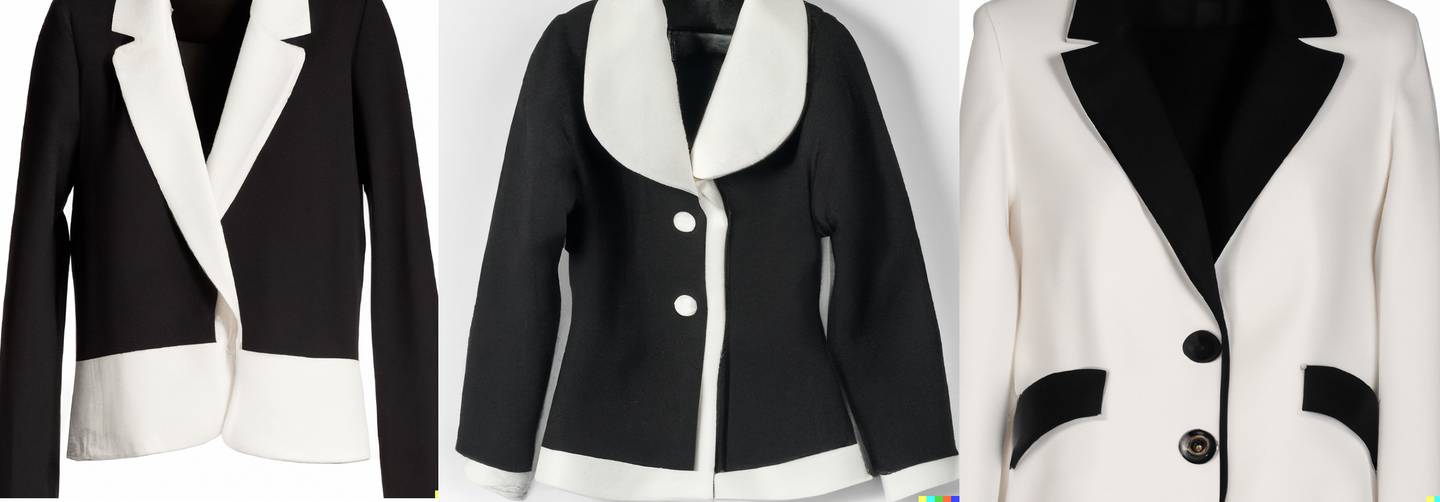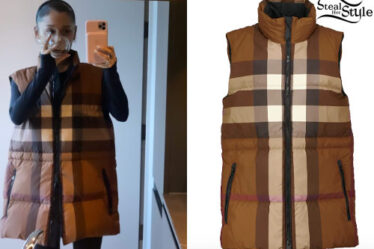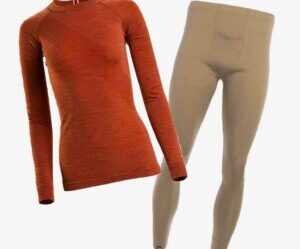
When scenes created by the AI image generator DALL-E started circulating online earlier this year, it seemed inevitable that someone would turn the technology to fashion.
DALL-E is part of a new crop of AI capable of creating extraordinarily detailed and realistic imagery from a text prompt, making it easy for anyone to use. Artists have quickly begun applying these programs to creating digital art, with one piece conjured up by the program Midjourney even beating out its human-generated competition for a prize. The same power could easily be used to whip up clothing designs.
The idea is already becoming reality. Cala, an all-in-one platform for designing and producing clothes, said Thursday it’s adding AI design powered by DALL-E to its service. It makes use of an API, or application programming interface, that OpenAI, the research lab behind DALL-E, has begun making available to select partners. Users of Cala’s AI tools can generate new clothing designs from text descriptions or upload a reference image to produce variations on it.
Having AI churn out clothing concepts immediately raises all sorts of questions: can a computer program really replace human creativity? Is something lost in fashion if a designer uses AI to come up with their designs? What happens to the jobs of human designers? What need or problem does this actually solve for?
“I was watching a Virgil Abloh talk for the Harvard Graduate School of Design, and he was talking about [how] his design tool was WhatsApp,” said Andrew Wyatt, co-founder and chief executive of CALA, referring to Abloh’s 2017 lecture at the school. “He would take photos of things in the world and then send it to his design team, who would take that inspiration and then come back to him with sketches or even realistic renders.”
Abloh had plenty of company in relying on a team to turn his concepts into clothing. Miuccia Prada doesn’t sketch and instead has a staff that translates her ideas. At Dior, Raf Simons would prepare files with images and inspiration to be used as the basis for sketches produced by his team. Rei Kawakubo has said she doesn’t sketch and that her design is “done mostly by words and imagination.”
Design by words or reference images is essentially what AI offers. Cala is trying to make that ability more widely available, according to Wyatt, since most of us don’t have a world-class team on call. And his isn’t the only company trying to make it easy for anyone to design clothes with AI.
Fashion by AI
Portugal-based Fashable developed its own AI with Microsoft Azure Machine Learning and PyTorch, an open-source framework. The company trained its AI on imagery from sources including e-commerce sites and social media, allowing it to produce entirely new designs based on past examples. Levi’s has also begun experimenting with AI-assisted design.
To create a new AI design on Cala’s platform, the user chooses a template from one of a few dozen product categories, which extend beyond apparel and include items such as bags and even packaging. They enter adjectives to describe the look they want in one text field, and in another field they enter details for trims and features. The program will spit out six different examples based on the prompts and the user can keep regenerating new options with the click of a button.

For now, Cala’s AI tool is limited in what it can do. The silhouettes it produces are based on the templates available and you can’t yet give it directions like “shorten the sleeves.” As DALL-E advances, however, so should Cala’s tool.
In the meantime, users can still revise designs themselves in Cala or with a programme like Photoshop. Wyatt said the company’s professional subscribers will receive unlimited product generations, while those on its free tier will get 100 each month. Currently, Cala has about 60 subscribers and a much larger number using its free program, he said.
Orlando Ribas Fernandes, Fashable’s co-founder and CEO, said AI can let brands easily create whole collections and use the images for purposes such as gauging demand before deciding which pieces to manufacture. Operating this way could allow brands to reduce waste and save money by only making what they know they can sell. Wyatt made a similar point, noting that some companies may already use computer-generated imagery rather than actual product photos on their e-commerce sites.
The big challenge for this model, however, is that it then takes time to produce and ship the goods. Customers wanting instant gratification might not be willing to wait weeks or months for an item they ordered.
On Cala’s platform, which links users with a network of partner factories that can manufacture the clothes they design and a logistics network to handle shipping, it takes about 120 days from the time a user submits a design for production to the time they receive the finished product for cut-and-sew items, the company said. (Blanks are much faster.)
AI’s Risks
Designers may understandably feel a twinge of concern that their jobs could be automated away, a fear graphic designers have expressed because of DALL-E. If AI were to become widespread in fashion design — an outcome that isn’t certain — design jobs might change but that doesn’t guarantee they would disappear.
Because the AI models are trained on existing imagery, another risk of AI image generators is that they could be used, accidentally or deliberately, to mimic a designer’s work. Artists have complained of AI tools copying their distinctive styles.
Wyatt said part of their interest in DALL-E was specifically because developing AI responsibly is a core tenet for OpenAI. It won’t reproduce features it identifies as logos, for instance.
“A lot of the gross copying is not possible,” he said. “But we’re obviously going to be staying on top of the results, and part of the reason why we don’t have a freeform prompt [where you can] just type in anything is to have those guardrails.”
Fernandes said in an email that Fashable’s AI is programmed never to copy, so even if someone inputs a bestseller by another brand, its AI will generate something original from it.
Of course, human designers copy all the time, even without AI to help them.
AI is set to continue progressing. Companies such as Google and Meta are now making tools that generate video from text prompts. In fashion, AI is routinely used in business functions like forecasting demand. It seems only a matter of time before it’s put to use in more creative jobs. Some may view that as a bad thing, even if top designers today are increasingly creative directors who do more conceptualising than cutting and draping. But Wyatt is not among them.
“The way that I think about it is it’s like putting a calculator in the hands of a mathematician,” he said.



